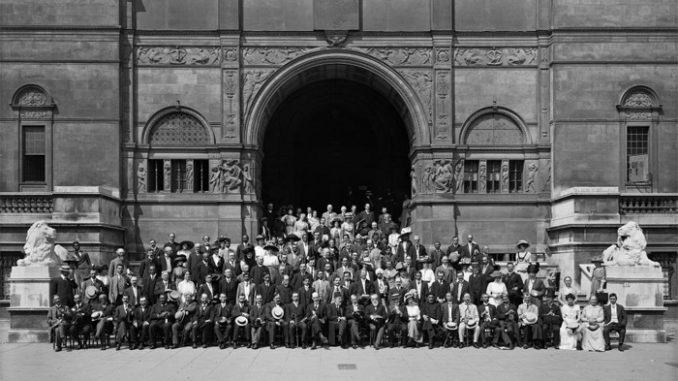Teaching

Indians 101: A Century Ago
( – promoted by navajo) During the nineteenth century it was commonly believed by non-Indians that American Indians and their cultures were destined for extinction. […]
Teaching

( – promoted by navajo) During the nineteenth century it was commonly believed by non-Indians that American Indians and their cultures were destined for extinction. […]

( – promoted by navajo) Personal names among the Indian nations east of the Mississippi River were quite different from European names. There was little […]

( – promoted by navajo) The Great Plains stretches from the Canadian provinces in the north, almost to the Gulf of Mexico in the south, […]

( – promoted by navajo) Among the Cheyenne there are two sacred medicine bundles: The Sacred Arrows (Maahotse) and the Sacred Buffalo Hat (Esevone). The […]

( – promoted by navajo) The Cheyenne oral tradition tells of a time when the people were living in what is now Northeastern Canada. They […]

( – promoted by navajo) A treaty is simply an agreement between two sovereign nations. The Constitution indicates that Indian tribes are nations and thus […]

( – promoted by navajo) During the first part of the nineteenth century, the American policy was to remove Indians from east of the Mississippi […]

( – promoted by navajo) When the Europeans first arrived in North America the Lenni Lenape were living on the east coast near Chesapeake Bay. […]

( – promoted by navajo) A new religious movement began in England in the late 1640s. The Religious Society of Friends, commonly known as Quakers, […]

( – promoted by navajo) The Plateau is the area between the Cascade Mountains and the Rocky Mountains. It is bounded by the Fraser River […]